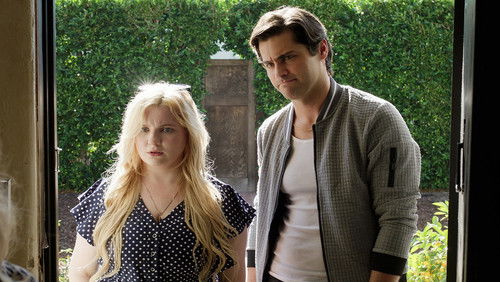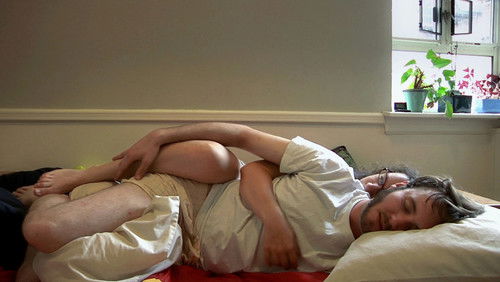Die Grausamen (1967)
21KDie Grausamen: Directed by Sergio Corbucci. With Joseph Cotten, Norma Bengell, Julián Mateos, Gino Pernice. An ex-Confederate and his sons plan to use stolen money as a way to revive the Confederacy.
“This largely overlooked Spaghetti Western is one of the most unique and unusual entries in the work of prolific director Sergio Corbucci. Coming after the simplistic, over-the-top action of Django and the inferior Navajo Joe, it marks a beginning of a gradual increase in the quality of his films during the late 1960s.u003cbr/u003eu003cbr/u003eCorbucci had clearly been attracting attention Django was a massive hit and was now commanding bigger budgets, as well as bigger names in the credits. The Hellbenders boasts talented Mercury Theatre veteran Joseph Cotton in the lead role. However, like his friend Orson Welles, Cottonu0026#39;s career was in the doldrums and itu0026#39;s fairly clear he appears here for the money, not the fun of it.u003cbr/u003eu003cbr/u003eIn style and story The Hellbenders is clearly a very different plate of spaghetti. The plot is based on a simple yet original premise. Itu0026#39;s a great idea to have the defeated Confederate soldiers who hope to restart the Civil War carry their loot around in a coffin a perfect symbol for the hopelessness of their cause. This device also allows for several extremely satisfying twists. As far as look goes, there is none of the grit and seediness of other Italian westerns and, with its compliment of cavalry and wagons The Hellbenders has more of the trappings of a John Ford film. It also has a somewhat more positive (albeit rather patronising) portrayal of women than most of its contemporaries, as it is the female lead who outwits all the men. While the basic plot elements are great, The Hellbenders is let down by the minutiae. The characters are fairly one-dimensional. Corners are cut and motivations are unrealistic. The ending is a total mess while the final moments are nicely done, the screenwriters needlessly squeeze in a beggar and a tribe of vengeful Indians into the last ten minutes.u003cbr/u003eu003cbr/u003eCorbucciu0026#39;s direction was never great, but he was a cut above the average in the genre, and there are some occasional moments of genius. The first action scene, the massacre of a few dozen Union troops, is brilliantly constructed, and Corbucci gives a level of realism to the violence that even Sergio Leone didnu0026#39;t have at this point. As usual though he is still let down by his overuse of the zoom lens and his having absolutely no feel for landscape shots. The editing on this picture is very good, and no wonder, since itu0026#39;s done by Leoneu0026#39;s frequent collaborator Nino Baragli. Ennio Morricone provides the music, although itu0026#39;s a rather mediocre score by his standards.u003cbr/u003eu003cbr/u003eWhile some top class actors tend to get a bit half-hearted when theyu0026#39;re in less glamorous company, Joseph Cotton does a good job here, lending credibility to this somewhat creaky production. The same canu0026#39;t be said for the rest of the cast who are by and large abysmal. Despite some attention-grabbing cameos from Aldo Sanbrell and Al Mulock, The Hellbenders has a real lack of familiar spaghetti western faces. Luigi Pistilli, Mario Brega, Giuliano Gemma, Tomas Millian, Klaus Kinski any of those would have been more than welcome.u003cbr/u003eu003cbr/u003eDespite those flaws Iu0026#39;ve listed I do enjoy The Hellbenders fairly well, and I do think itu0026#39;s often underrated. If you could just polish up the script, and add a few more decent acting performances, this under-appreciated spaghetti would have been one of the genreu0026#39;s classics.”









